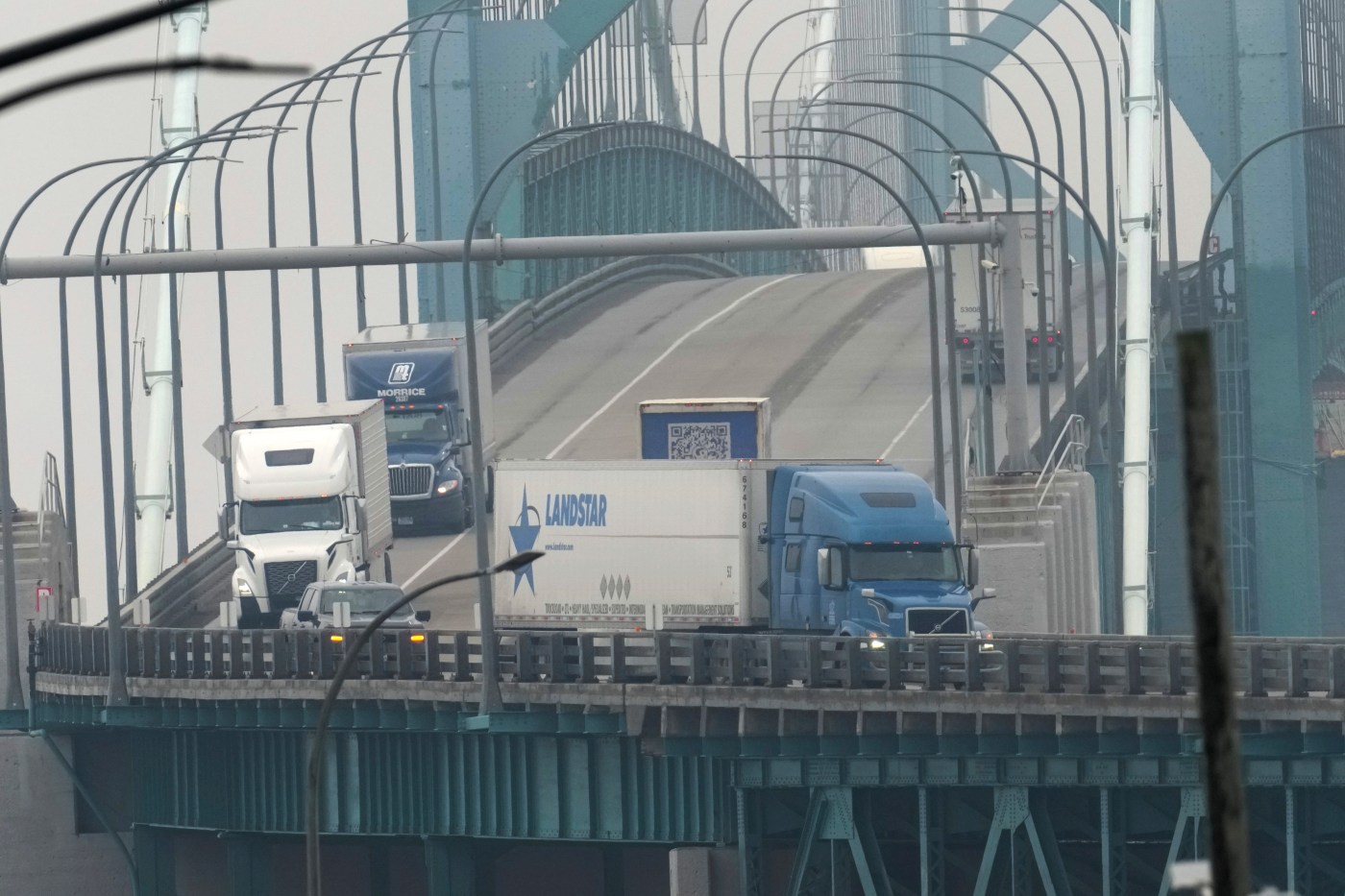
Stone: Heavier trucks will damage bridges
With many of the nation’s bridges already needing maintenance or replacement, some businesses are pushing proposals that will damage them even more at a huge cost to taxpayers and public safety.
At issue are renewed efforts in Congress to allow bigger and heavier tractor-trailers on the nation’s highways. Congressional proponents of this dangerous initiative introduced several such proposals in previous sessions, where they correctly received no serious consideration. Now, lawmakers are in the process of reintroducing them. They could gain traction with the backing of businesses seeking to lower shipping costs at the expense of road safety.
A new analysis based on the most recent data on the nation’s bridge inventory shows that the proposals would put at risk as many as 82,457 bridges, costing taxpayers upward of $98.6 billion to replace them.
The non-profit Coalition Against Bigger Trucks report examined three scenarios in which Congress relaxes the current federal truck weight limit of 80,000 pounds. One looked at the effect on bridges of allowing trucks up to 88,000 pounds, another up to 91,000 pounds and another up to 97,000 pounds.
Should Congress increase the weight limit of trucks to 88,000 pounds, the report concluded that 65,157 bridges will be at risk of severe damage, costing $70.6 billion to replace. If Congress approves a limit of 91,000 pounds, the number of bridges at risk jumps to 68,654, with a replacement cost of $78.7 billion. Should Congress approve trucks weighing 97,000 pounds, 82,457 bridges are at risk, costing $98.6 billion to replace.
All of this is before considering the risks to motorist safety of having huge trucks on the roads.
The states with the highest potential replacement costs include Arkansas, California, Florida, Georgia, Indiana, Kansas, Louisiana, Massachusetts, Missouri, New Jersey, Ohio, Oregon, Virginia and Washington.
State and local governments have limited resources to cover the extra cost of heavier trucks, and these additional costs would fall on local taxpayers, creating an unfunded federal mandate.
The bridge analysis comes just as a major national organization has credited states with achieving a passable grade in ensuring the bridges’ safety but not making significant progress over the last four years. The American Society of Civil Engineers gave a grade of “C” to the overall condition of the nation’s bridges in their just-released report on infrastructure. That compares to a “C” four years earlier.
Sadly, some lawmakers regularly support business interests that push for bigger trucks. Recently, lawmakers introduced bills in the House and Senate that would dramatically expand where heavier log trucks can operate on interstates.
Local governments and taxpayers nationwide will pay dearly for these misadventures, to say nothing of the safety dangers motorists will face driving alongside such large vehicles. Rarely is a solution so obvious: Congress must continue to say no to heavier trucks.
Kevan Stone is the executive director and CEO of the National Association of County Engineers/InsideSources

